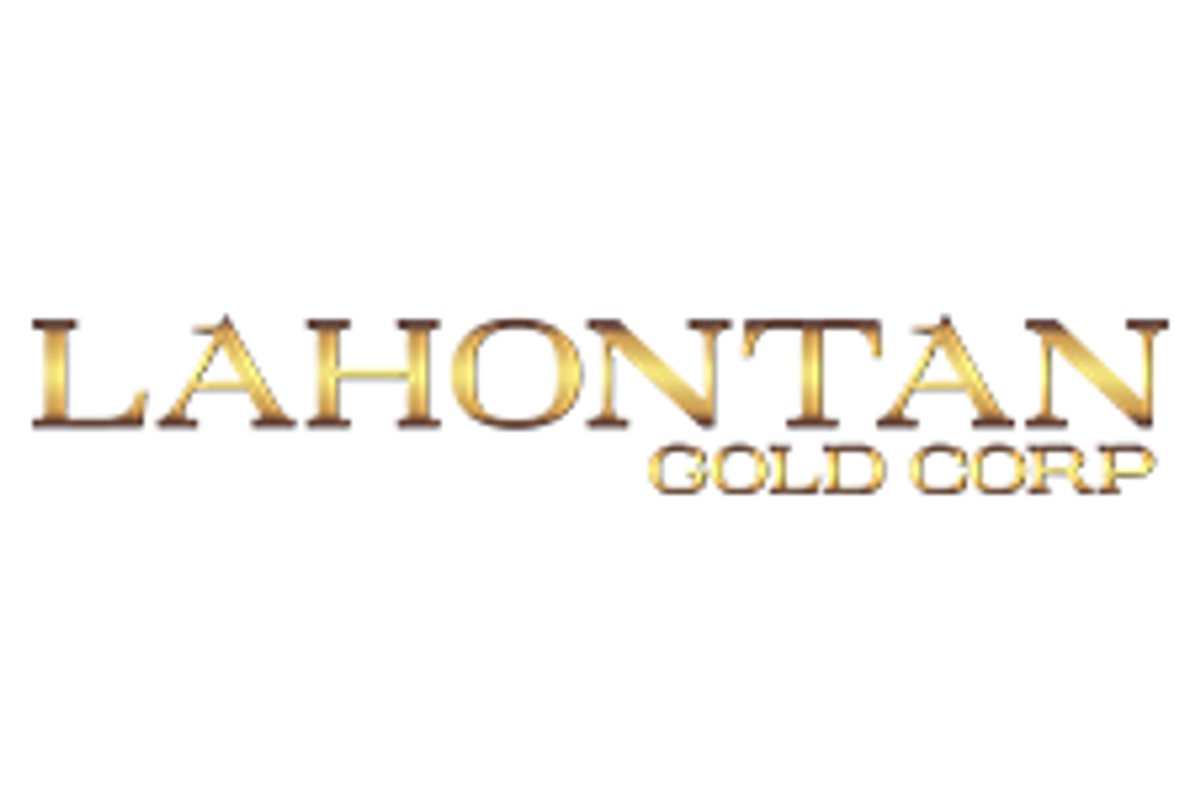
Lahontan Gold Corp. (TSXV: LG) (OTCQB: LGCXF) (the "Company" or "Lahontan") is pleased to announce that, further to its press release of April 8, 2025, the Company has increased the size of its non-brokered private placement financing to up to 44,000,000 units (each, a "Unit") at a price of $0.05 per Unit for aggregate gross proceeds of up to $2,200,000 (the "Offering").
Each Unit is comprised of one common share of the Company (each, a "Common Share") and one-half of one whole Common Share purchase warrant (each whole warrant, a "Warrant") of the Company. Each Warrant entitling the holder thereof to purchase one Common Share at a price of $0.08 per Common Share for a period of two (2) years from the date of issuance, provided, however, that should the closing price at which the Common Shares trade on the TSX Venture Exchange (or any such other stock exchange in Canada as the Common Shares may trade at the applicable time) exceed CDN$0.12 for ten (10) consecutive trading days at any time following the date that is four months and one day after the date of issuance, the Company may accelerate the Warrant Term (the "Reduced Warrant Term") such that the Warrants shall expire on the date which is 30 business days following the date a press release is issued by the Company announcing the Reduced Warrant Term
Gross proceeds raised from the Offering will be used for general working capital purposes and for exploration at the Company's Santa Fe Mine Project.
Closing of the Offering is subject to receipt of all necessary corporate and regulatory approvals, including the approval of TSX Venture Exchange. All securities issued in connection with the Offering will be subject to a hold period of four months plus a day from the date of issuance and the resale rules of applicable securities legislation.
This press release does not constitute an offer to sell or a solicitation of an offer to buy the securities in the United States. The securities have not been and will not be registered under the United States Securities Act of 1933, as amended (the "U.S. Securities Act") or any state securities laws and may not be offered or sold within the United States or to U.S. Persons as defined under applicable United States securities laws unless registered under the U.S. Securities Act and applicable state securities laws or an exemption from such registration is available.
About Lahontan Gold Corp.
Lahontan Gold Corp. is a Canadian mine development and mineral exploration company that holds, through its US subsidiaries, four top-tier gold and silver exploration properties in the Walker Lane of mining friendly Nevada. Lahontan's flagship property, the 26.4 km2 Santa Fe Mine project, had past production of 359,202 ounces of gold and 702,067ounces of silver between 1988 and 1995 from open pit mines utilizing heap-leach processing*. The Santa Fe Mine has a Canadian National Instrument 43-101 compliant Indicated Mineral Resource of 1,539,000 oz Au Eq (grading 0.99 g/t Au Eq) and an Inferred Mineral Resource of 411,000 oz Au Eq (grading 0.76 g/t Au Eq), all pit constrained (Au Eq is inclusive of recovery, please see Santa Fe Project Technical Report*). The Company plans to continue advancing the Santa Fe Mine project towards production, update the Santa Fe Preliminary Economic Assessment, and drill test its satellite West Santa Fe project during 2025. For more information, please visit our website: www.lahontangoldcorp.com.
* Please see the "Preliminary Economic Assessment, NI 43-101 Technical Report, Santa Fe Project", Authors: Kenji Umeno, P. Eng., Thomas Dyer, PE, Kyle Murphy, PE, Trevor Rabb, P. Geo, Darcy Baker, PhD, P. Geo., and John M. Young, SME-RM; Effective Date: December 10, 2024, Report Date: January 24, 2025. The Technical Report is available on the Company's website and SEDAR+.
On behalf of the Board of Directors
Kimberly Ann
Founder, CEO, President, and Director
FOR FURTHER INFORMATION, PLEASE CONTACT:
Kimberly Ann
Founder, Chief Executive Officer, President, Director
Phone: 1-530-414-4400
Email:
Kimberly.ann@lahontangoldcorp.com
Website: www.lahontangoldcorp.com
Cautionary Note Regarding Forward-Looking Statements:
Neither TSX Venture Exchange nor its Regulation Services Provider (as that term is defined in policies of the TSX Venture Exchange) accepts responsibility for the adequacy or accuracy of this release. Except for statements of historical fact, this news release contains certain "forward-looking information" within the meaning of applicable securities law. Forward-looking information is frequently characterized by words such as "plan", "expect", "project", "intend", "believe", "anticipate", "estimate" and other similar words, or statements that certain events or conditions "may" or "will" occur. Forward-looking statements are based on the opinions and estimates at the date the statements are made and are subject to a variety of risks and uncertainties and other factors that could cause actual events or results to differ materially from those anticipated in the forward-looking statements including, but not limited to delays or uncertainties with regulatory approvals, including that of the TSXV. There are uncertainties inherent in forward-looking information, including factors beyond the Company's control. The Company undertakes no obligation to update forward-looking information if circumstances or management's estimates or opinions should change except as required by law. The reader is cautioned not to place undue reliance on forward-looking statements. Additional information identifying risks and uncertainties that could affect financial results is contained in the Company's filings with Canadian securities regulators, which filings are available at www.sedarplus.ca.
NOT FOR DISTRIBUTION TO UNITED STATES NEWS WIRE SERVICES OR FOR DISSEMINATION IN THE UNITED STATES.

To view the source version of this press release, please visit https://www.newsfilecorp.com/release/249396







